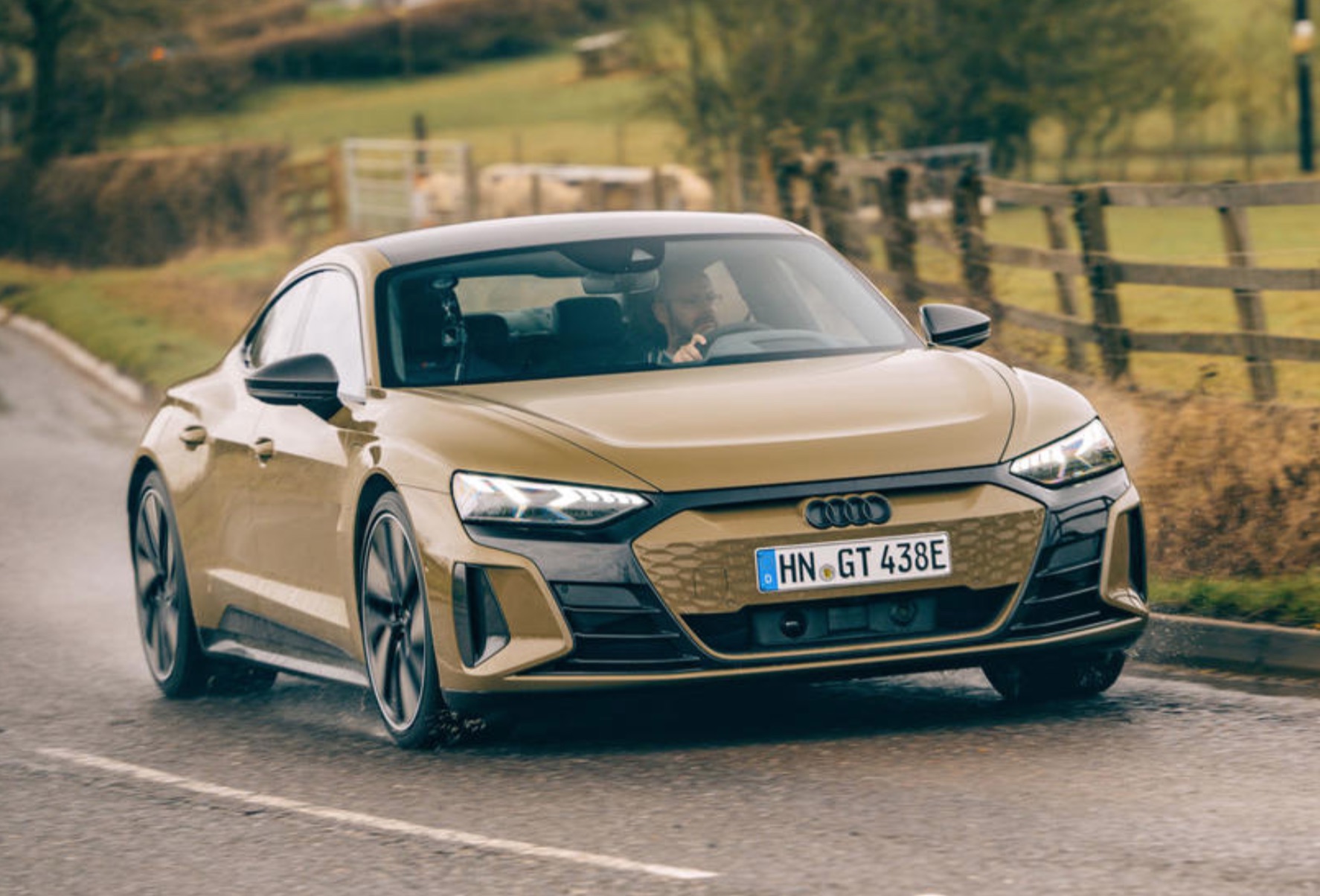 Imagine a career of having to design a car around the limitations and hardpoints of an engine and drivetrain and then, suddenly, not.
Imagine a career of having to design a car around the limitations and hardpoints of an engine and drivetrain and then, suddenly, not.
I’ve spent quite a long time looking at photos of the recently revealed Audi E-tron GT electric fastback. Perhaps you have too. And since then, I’ve also seen it for real (you’ll be able to read my first impressions of it next week).
It’s a big car, the E-tron GT. Being based on the same underpinnings as the Porsche Taycan, it’s the same size: basically five metres long and two metres wide. It’s a tiny bit taller but still less than 1.4 metres high – or about 75mm (three inches) lower to the ground than the Ford Fiesta.
Combined with the E-tron GT’s somewhat generous length and girth, neither of which are necessarily good things by themselves, they make for proportions that can be described as ‘cor!’.
I know that design is subjective, but if it were entirely so, you wouldn’t be able to study it and there wouldn’t be a general consensus that wouldn’t be a general consensus that the Rolls-Royce Cullinan is visually challenged. There are principles by which things look right or wrong or solid or fast. Or, well, whatever. Just look at the E-tron GT and tell me honestly that it isn’t anything but a spectacularly good-looking car.
Audi knows how to make an attractive car (and the Q2). And shorn of Porsche’s need to make everything look ‘a bit 911 wherever possible’, it has gone to town with the E-tron GT. It’s low yet long-bonneted with, in profile, a body over its big wheels so low to the ground that it would surely be impossible with an engine inside.
Then, in front of said engine, there would have to be some crush space for pedestrian impact safety. So while some Audis still look terrific, most modern cars are a bit ‘nosey’. There’s no such drama here, save for actual dramatic design. The big, powerful rear haunches make it look reardriven, which, unusually for a four-seat Audi, I suppose it mostly is, with its rear motor making rather more power than the one at the front.
 The idea that the powertrain will contribute something different to an EV’s driving experience, then, in a way that the Mercedes-AMG GT’s front-mounted V8 is vastly different from the Porsche 911’s rear-situated flat six, will start to go out of fashion. And at that point, what is there to differentiate cars from each other?
The idea that the powertrain will contribute something different to an EV’s driving experience, then, in a way that the Mercedes-AMG GT’s front-mounted V8 is vastly different from the Porsche 911’s rear-situated flat six, will start to go out of fashion. And at that point, what is there to differentiate cars from each other?
I know that Audi and Porsche are both part of the Volkswagen Group, but even so, the E-tron GT and Taycan’s specifications are each exceptionally close to the other’s.
A long time ago (I think around 15 years), Audi found in a survey that more than 60% of A4 Avant buyers said the car’s design was their primary reason for choosing it. As cars become more similar in the way they drive and in the way they’re specified, what better ways will there be to tell cars apart? Want people to pick yours? Then it will need to be better looking than anyone else’s.
We may be in for a convergence of vehicle feel, but with more freedom to design, we could be verging on an age when cars have never looked better.
Matt Prior




 Imagine a career of having to design a car around the limitations and hardpoints of an engine and drivetrain and then, suddenly, not.
Imagine a career of having to design a car around the limitations and hardpoints of an engine and drivetrain and then, suddenly, not.